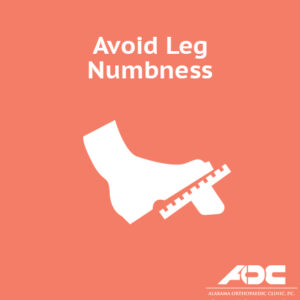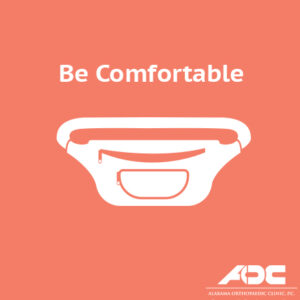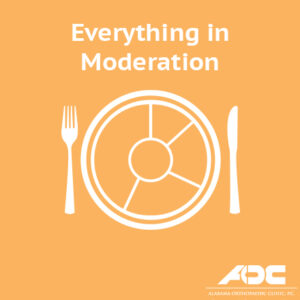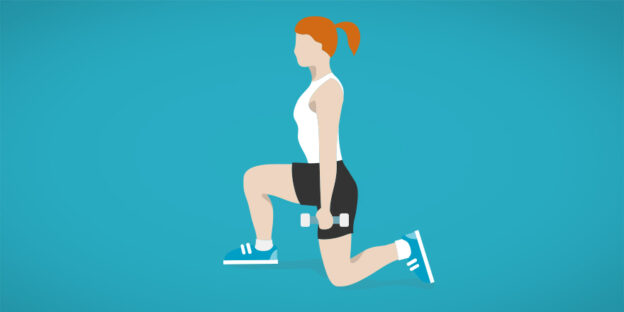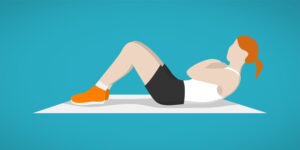You have been counting down the seconds to your vacation. Got your suitcase packed. Hotel is booked, everything seems ready but what about the journey? Have you made plans for how to prevent aches and pains that come along with prolonged sitting? Whether you’re flying or driving, sitting for hours in a confined space can be uncomfortable. Before you jump in the car or board your flight, keep these tips in mind.
Auto Travel
1. Avoid leg numbness:
After sitting for a long period of time, blood begins to pool in our legs and ankles. Prevent this by doing what are called “ankle pumps.” Just like pressing a gas pedal, ankle pumps move the feet in an up and down motion, which can help blood circulate from your legs back to your heart. This is a great exercise to help prevent swelling in feet.
2. Take advantage of rest stops:
When you’re traveling take every opportunity to stretch your legs. Allowing you body to stretch will promote good circulation after an extended period of sitting.
3. Posture Matters:

Good posture is an overstated tip, but the truth is maintaining good posture, while traveling, can help prevent back pain. Use a lumbar pillow while you’re driving to prevent lower back pain.
Air travel
4. Be Comfortable:
Dress comfortable for your travels, seating is usually snug so you’re going to want to make yourself as cozy as possible. Tip: Wear socks with plastic treads on the bottom, they provide traction and double as slippers.
5. Be kind to your back:

Bring a neck pillow. As much as it pains you to lug it around the airport, you will not be sorry you brought it with you. Make sure you maintain good posture as well, it will help alleviate lower back pain.
6. Keep Moving:
Force yourself to get up and move around the cabin, Deep Vein Thrombosis (blood clot) is a serious health threat for those on long flights. Take every advantage to keep the blood circulating from your feet back to your heart. If you have a layover, don’t sit, walk around the airport until time to board.
Be proactive while you’re traveling to keep those nagging pains at bay.
Like us on Facebook
Follow us on Twitter




























